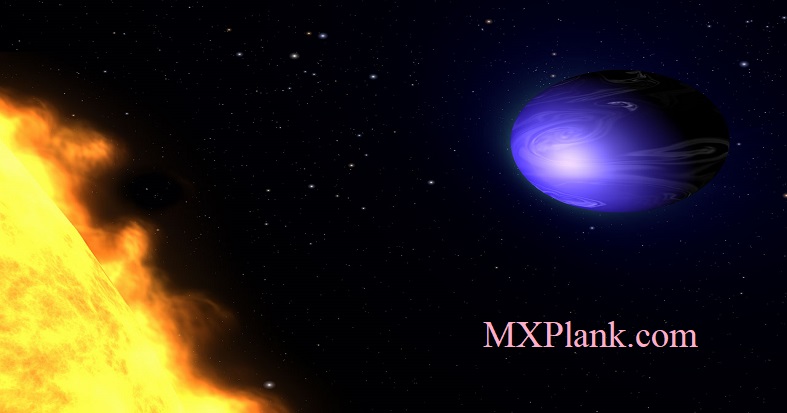
This image shows a 'hot Jupiter' planet known as HD 189733b orbiting its star, HD 189733. The NASA/ESA Hubble Space Telescope measured the actual visible light colour of the planet, which is deep blue. This colour is not due to the presence of oceans, but is caused by the effects of a scorching atmosphere where silicate particles melt to make 'raindrops' of glass that scatter blue light more than red light.

This image from the NASA/ESA Hubble Space Telescope reveals a glistening and ancient

This image shows the enormous comet-like cloud of hydrogen bleeding off of the warm, Neptune-sized planet Gliese 436B just 30 light-years from Earth. Also depicted is the parent star, which is a faint red dwarf named Gliese 436

The image shows a pair of colossal stars, WR 25 and Tr16-244, located within the open cluster Trumpler 16.This cluster is embedded within the Carina Nebula, an immense cauldron of gas and dust that lies approximately 7500 light-years from Earth in the constellation of Carina, the Keel.